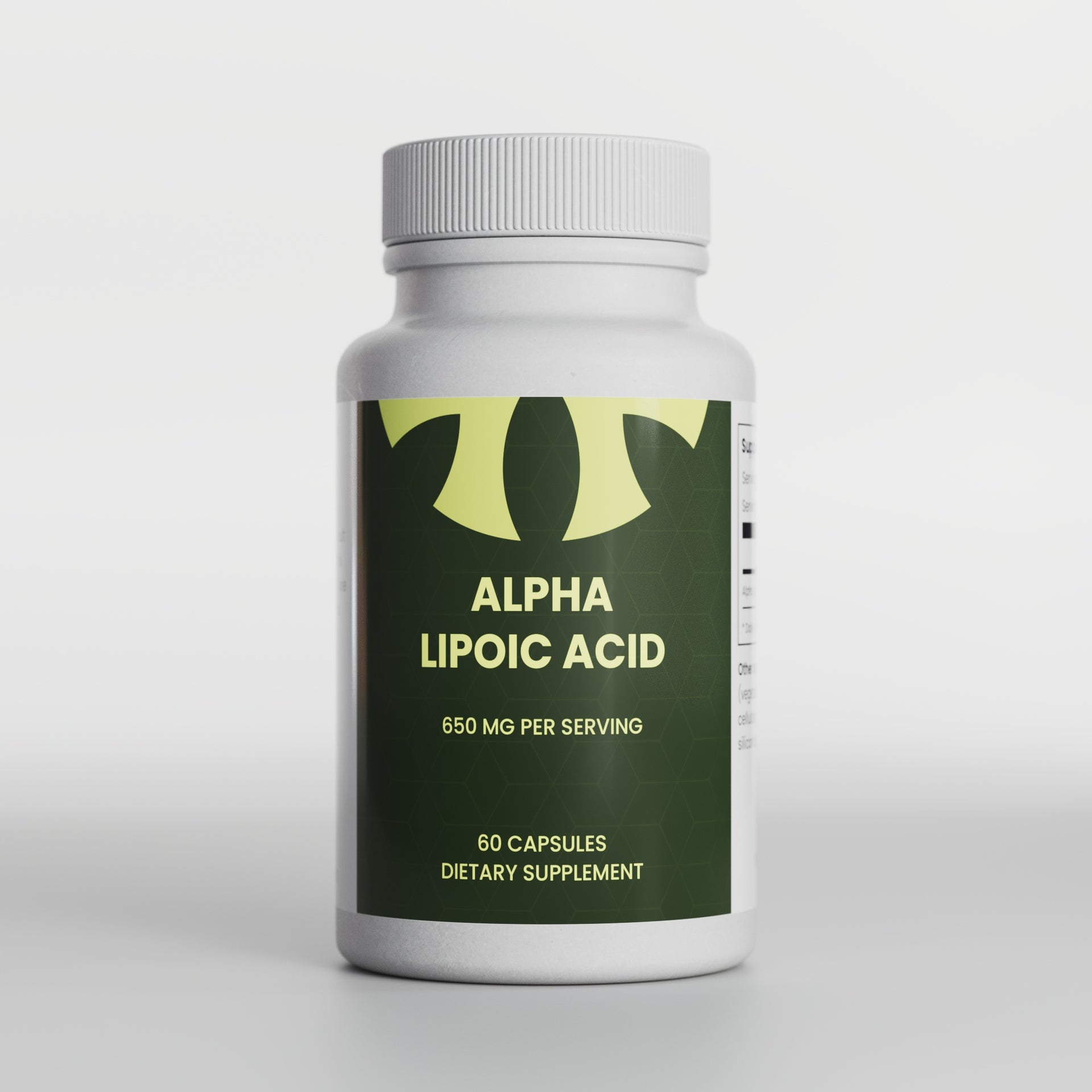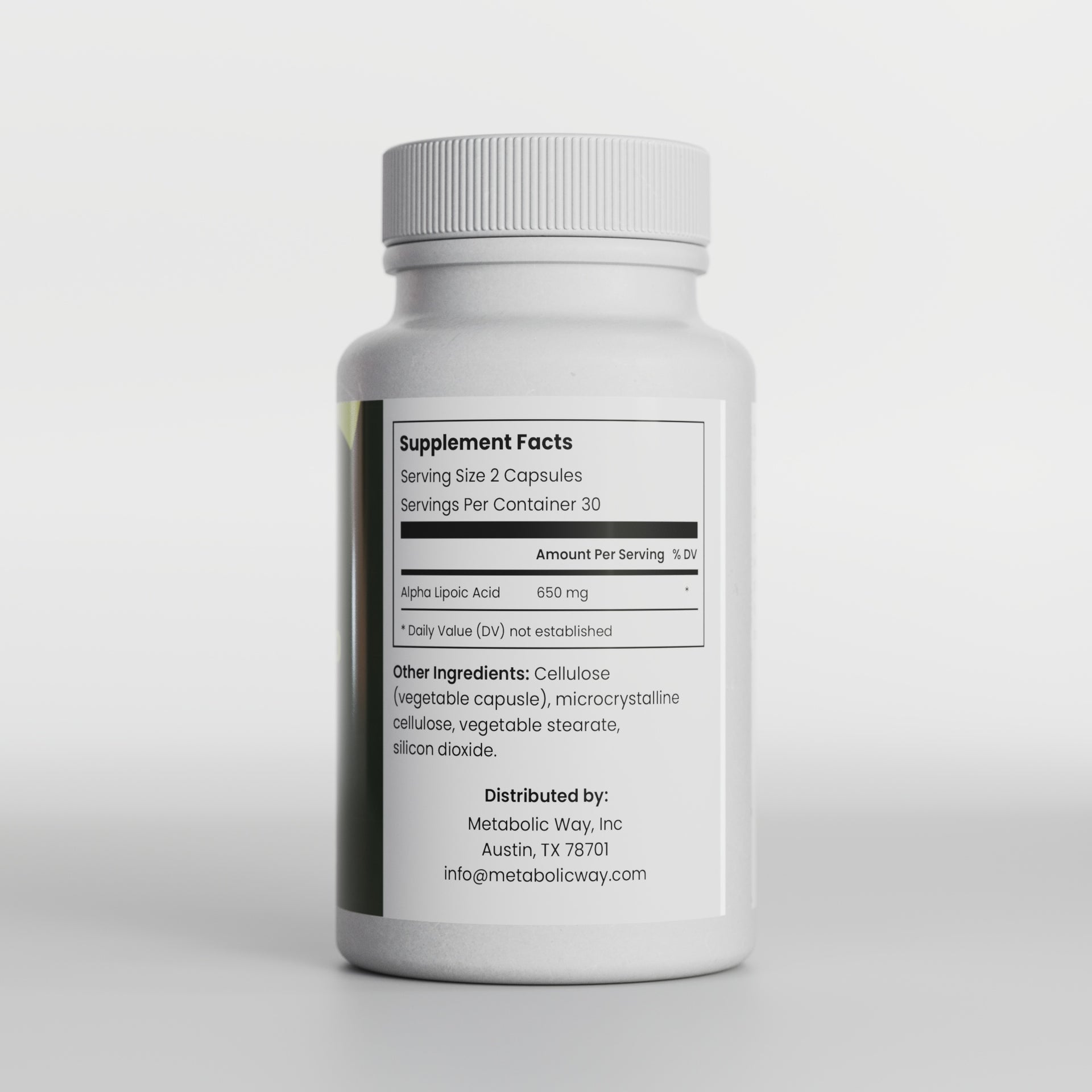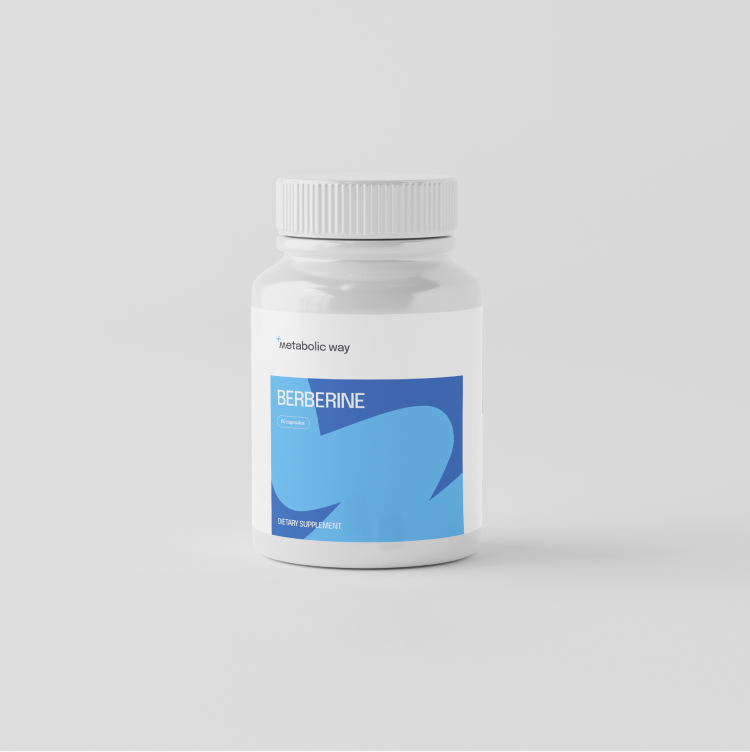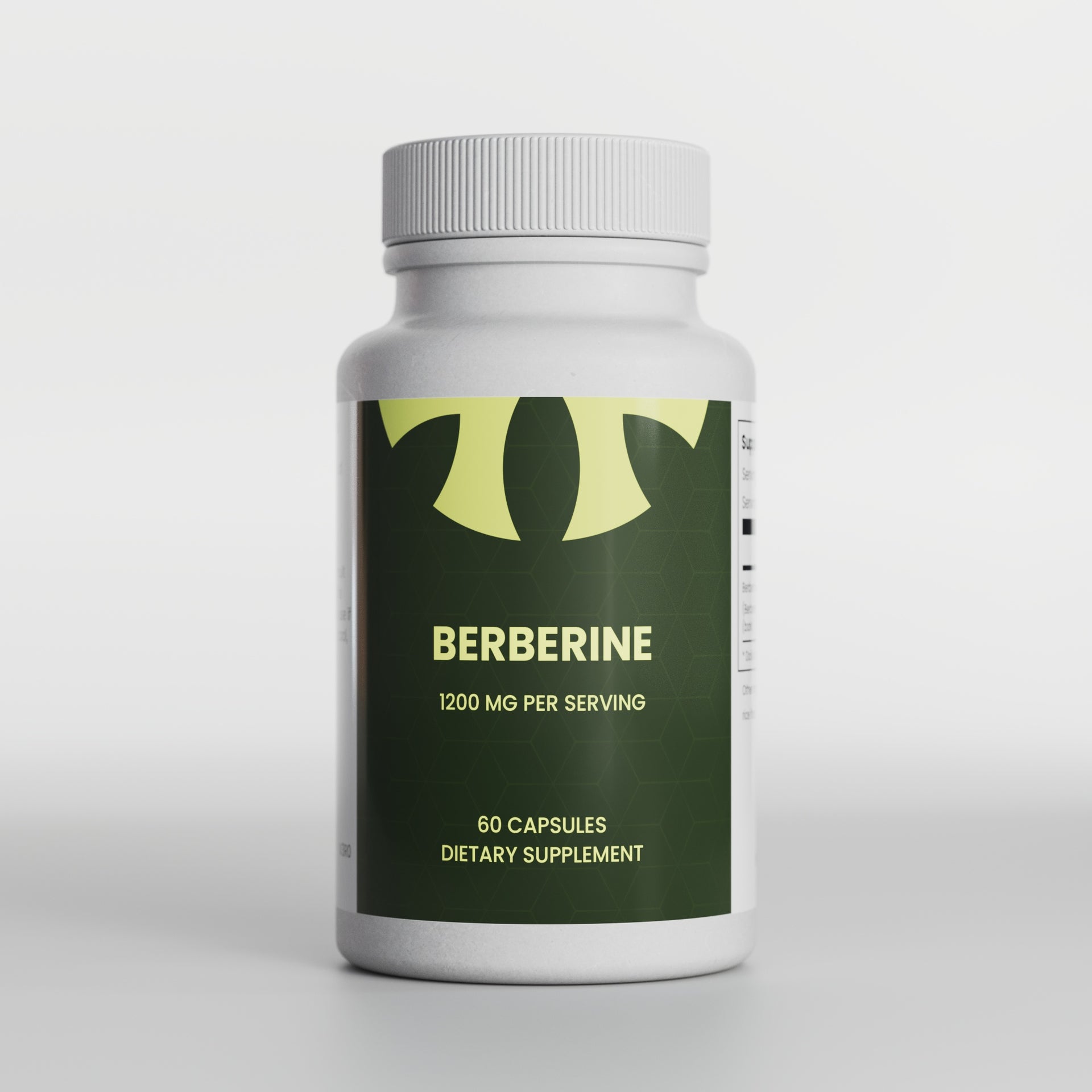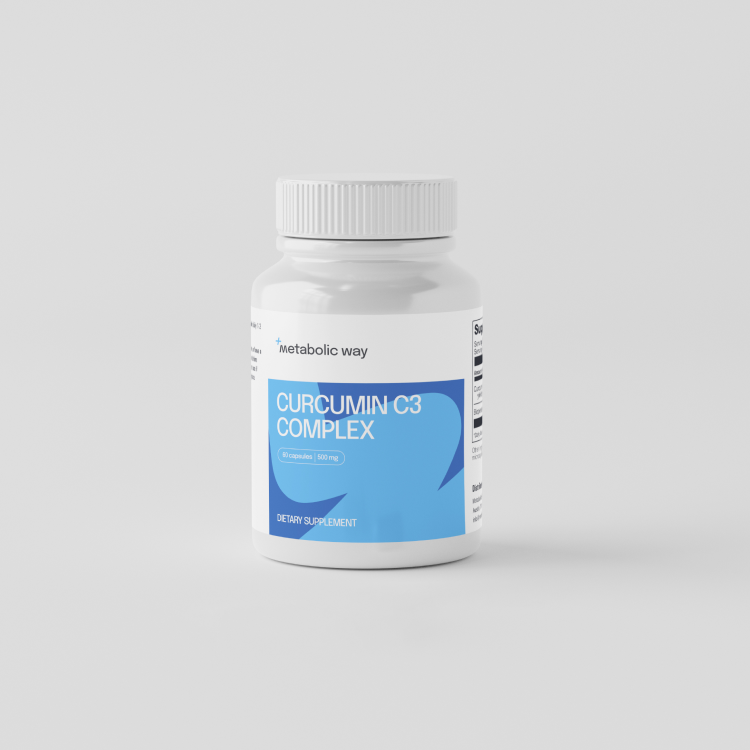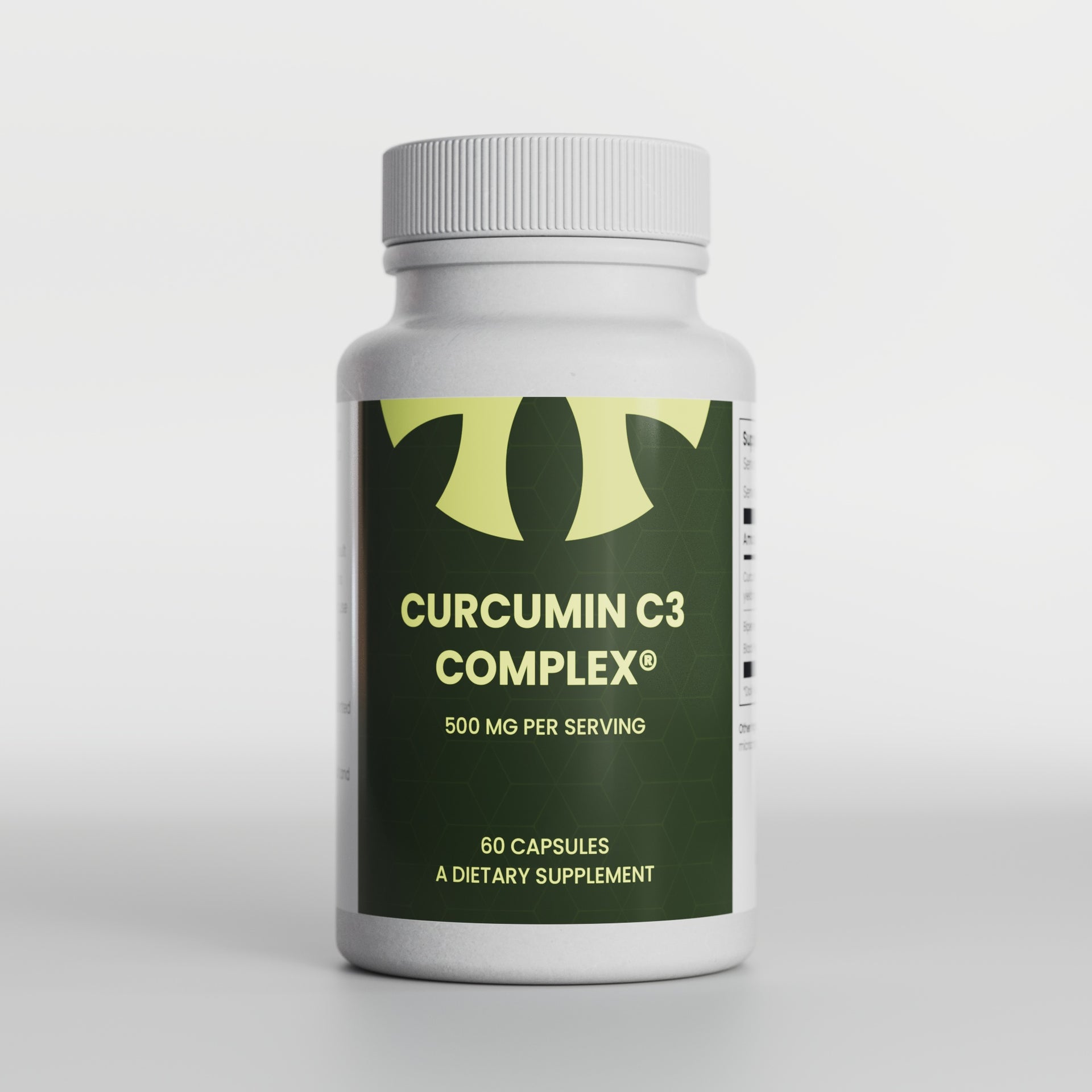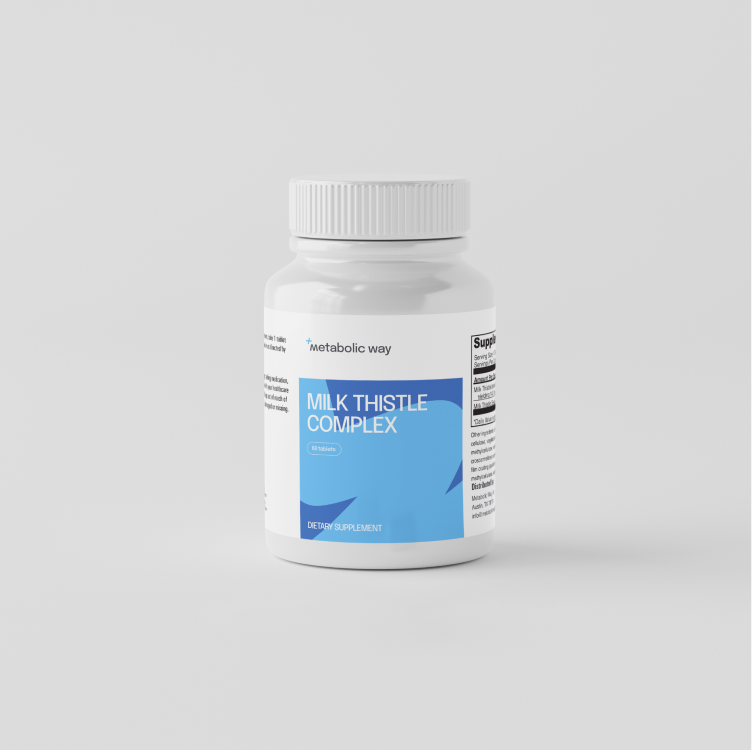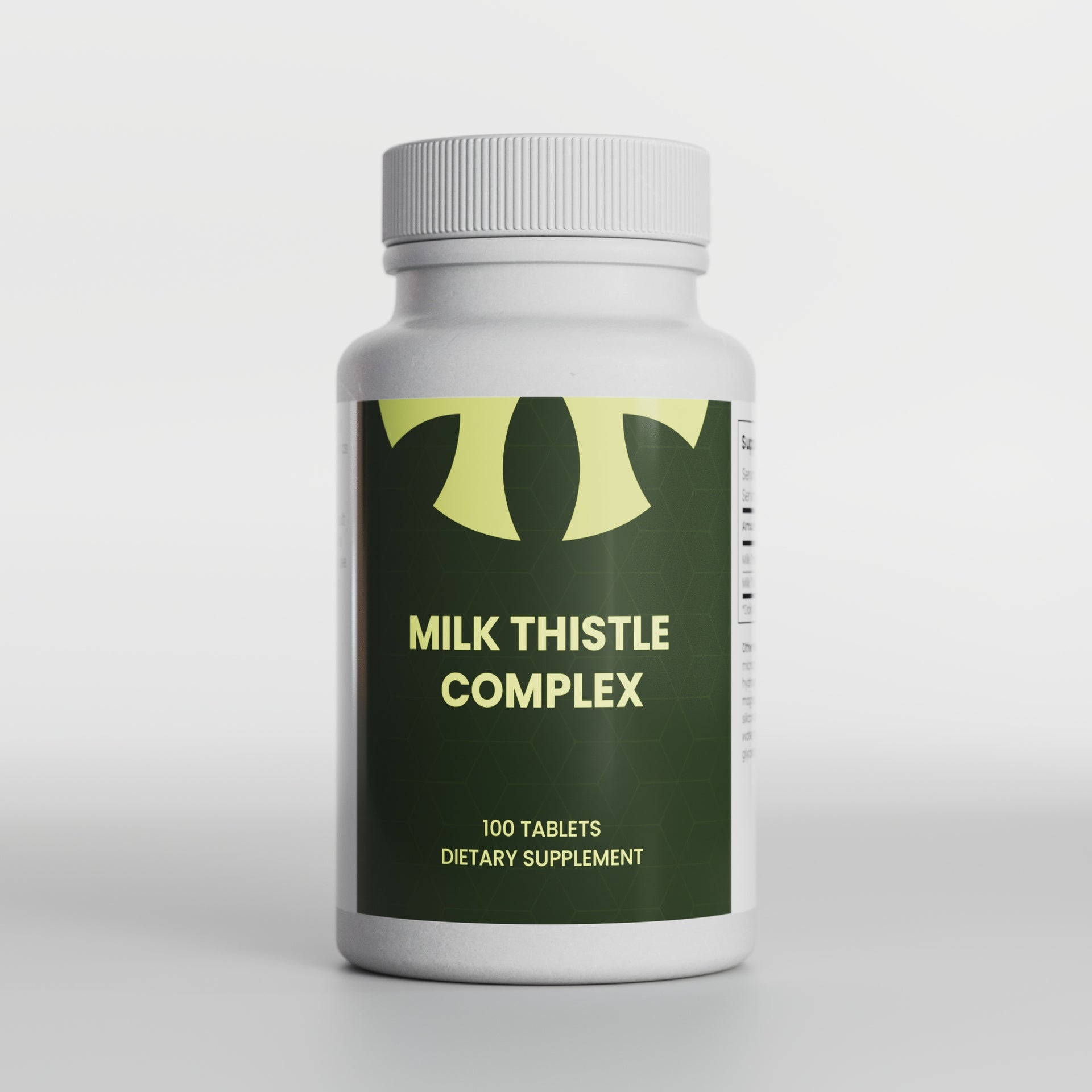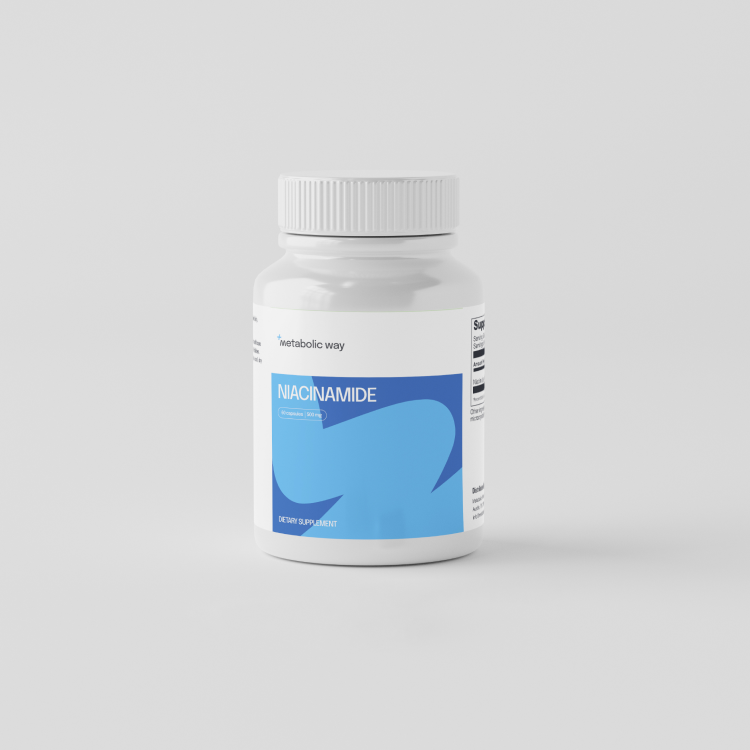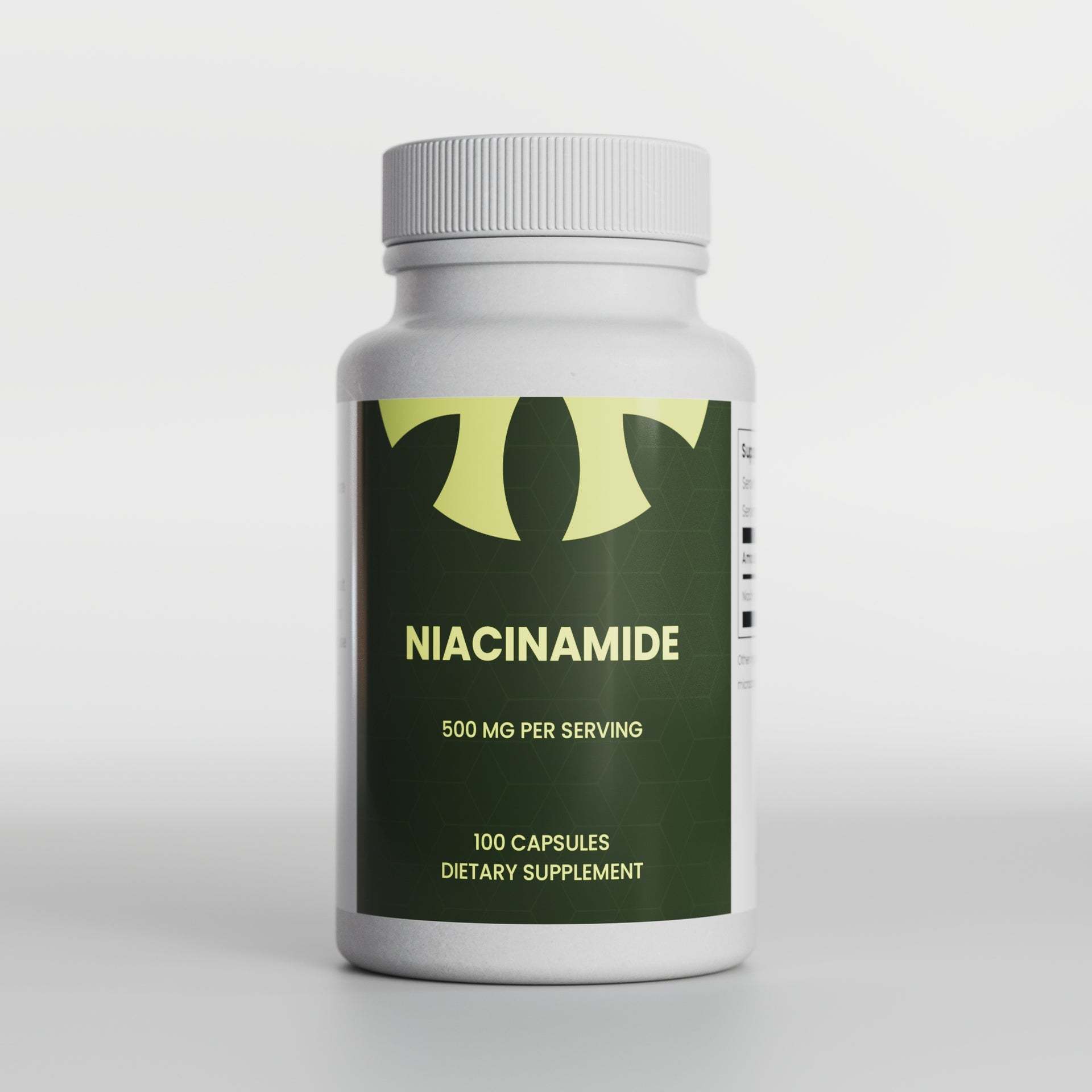Research Highlights:
Main Point 1: The opioid crisis and increasing chronic pain cases have led to a focus on non-drug therapies like massage for pain management.
Main Point 2: Research suggests that massage therapy can effectively relieve pain, anxiety, and stiffness in various conditions, including cancer-related pain.
Main Point 3: Studies highlight the benefits of massage for specific conditions such as cervicogenic headaches, low back pain, fibromyalgia, and anxiety reduction.
Scientifically Reviewed by: Dr. Gary Gonzalez, MD, in August 2023
Introduction
In a world where the opioid crisis and the burden of chronic pain are pressing concerns, the spotlight is shifting towards non-drug therapies that offer effective relief. Among these therapies, massage stands out not only for its relaxing qualities but also for its potential to address a wide range of physical and psychological ailments. While the pharmaceutical industry often takes center stage in medical research due to its capacity for large-scale clinical trials, the absence of such trials for therapies like massage should not undermine their significance. In this article, we delve into the scientific presentations at recent massage therapy conferences, shedding light on the therapeutic potential of massage in managing various conditions, including cancer-related pain.
What You Need to Know
Point 1: The opioid crisis has sparked a reevaluation of pain management strategies, emphasizing non-drug therapies like massage. Studies suggest that massage can provide pain relief without the side effects commonly associated with opioid use.
Point 2: Research indicates that massage therapy can be particularly beneficial for cancer-related pain, offering patients a non-pharmacological approach to alleviate their discomfort.
Point 3: Presentations at these conferences have explored the effectiveness of massage in treating conditions such as cervicogenic headaches, low back pain, fibromyalgia, and anxiety reduction.
Point 4: Massage therapy faces unique challenges, including the lack of uniformity in treatment techniques and therapist skills. Despite these challenges, its potential for pain relief and improved well-being cannot be ignored.
Section 1: The Opioid Crisis and Non-Drug Therapies
The opioid crisis, marked by the exponential rise in opioid drug use, has forced a reevaluation of pain management approaches. Historically, medical professionals have leaned toward drug-based therapies, often due to the rigorous clinical trials required for drug approval. However, therapies like massage, yoga, and acupuncture, which lack patent protection, have struggled to secure the necessary funding for large-scale clinical trials. As a result, reviews of massage clinical trials sometimes conclude that the evidence appears weaker than that for drug-based trials.
Subsection 1.1: Massage Therapy's Potential
Despite these challenges, massage therapy has demonstrated its potential as a valuable non-drug therapy for pain relief. Notably, it can offer benefits without the side effects commonly associated with opioid drugs. Moreover, research has highlighted its effectiveness in addressing cancer-related pain, which is a crucial consideration in the context of improving the quality of life for cancer patients.
Subsection 1.2: The Diverse Landscape of Massage Therapy
One of the challenges in assessing massage therapy's effectiveness lies in its diversity. Massage therapists employ different techniques and styles, ranging from relaxation-focused Swedish massage to deep tissue and stretching methods like Thai massage. The choice of massage type can significantly impact its therapeutic outcomes, with some approaches better suited to alleviate anxiety, while others excel in pain and fatigue management.
Section 2: Targeting Pain at Its Source
Understanding the mechanisms underlying pain is vital for effective treatment and prevention. Recent research has shed light on how massage can address pain at its source, offering hope to those suffering from chronic pain conditions like lower back pain and fibromyalgia.
Subsection 2.1: Fascia and Pain
Dr. Helene Langevin's work on inflamed fascia, the connective tissue surrounding organs, has revealed a potential link between fascial tightness and pain. Massage and yoga, through stretching of connective tissue, have shown promise in reducing inflammation associated with lower back pain and repetitive-strain injuries. These findings suggest that massage therapy can help prevent such conditions from occurring.
Subsection 2.2: Targeted Pain Relief
Massage's ability to provide targeted pain relief extends to conditions like cervicogenic headaches. By addressing neck pain and trigger points, massage therapy offers relief to individuals suffering from these headaches, reducing their reliance on medications.
Section 3: Addressing Specific Conditions
The versatility of massage therapy extends to addressing specific conditions, showcasing its potential in diverse healthcare settings.
Subsection 3.1: Massage for Breast Cancer Survivors
For breast cancer survivors, massage therapy has emerged as a valuable tool for managing pain and anxiety. Additionally, it aids in improving overall well-being. By reducing fascial tightness, which has been associated with cancer growth, massage therapy offers a non-pharmacological approach to alleviating the symptoms experienced after breast cancer surgery.
Subsection 3.2: Pain Management for Lower Back Pain
Lower back pain, a prevalent cause of disabilities, has been the focus of Kathryn Stewart's advocacy for massage therapy. Studies suggest that patients seeking care from community massage therapists experience pain reduction, providing a non-invasive alternative to conventional treatments.
Subsection 3.3: Alleviating Fibromyalgia Symptoms
Fibromyalgia, characterized by widespread pain, sleep difficulties, and fatigue, affects a significant portion of the population. Massage therapy has shown promise in reducing pain, anxiety, and depression in fibromyalgia patients, enhancing their quality of life.
Section 4: Beyond Pain: Massage for Wellness
Massage therapy's benefits extend beyond pain management, making it a valuable tool for athletes and individuals seeking to improve their overall well-being.
Subsection 4.1: Massage for Athletes
Athletes, prone to muscle injuries and fatigue, can benefit from massage therapy's ability to improve blood vessel function and enhance recovery. Studies have shown that massage therapy can reduce inflammation and promote cellular health in muscle tissues.
Subsection 4.2: Manual Lymphatic Drainage
Manual lymphatic drainage (MLD) serves as a specialized form of massage therapy, addressing issues related to the lymphatic system. It can compensate for impaired lymph flow resulting from orthopedic injuries or surgeries, making it a valuable adjunct to medical treatments.
Subsection 4.3: Massage for Anxiety Reduction
Massage therapy has a role to play in reducing anxiety and fatigue. Research has demonstrated that Swedish massage can significantly reduce anxiety, enhance the social-binding hormone oxytocin, and reduce stress hormone cortisol. For individuals with generalized anxiety disorder, Swedish massage has shown promise in reducing worry.
Summary
In summary, massage therapy is not merely a self-indulgent luxury but a powerful therapeutic tool. While the absence of large-scale clinical trials may cast doubt on its efficacy, massage's safety and potential for pain relief make it a valuable asset in the healthcare landscape. Physicians and patients alike should consider massage therapy as a viable option for addressing a wide range of conditions, from pain management to anxiety reduction and overall well-being enhancement.
References:
- Qaseem A, Wilt TJ, McLean RM, et al. Noninvasive Treatments for Acute, Subacute, and Chronic Low Back Pain: A Clinical Practice Guideline From the American College of Physicians. Ann Intern Med. 2017 Apr 4;166(7):514-30.
- Van Zee A. The promotion and marketing of oxycontin: commercial triumph, public health tragedy. Am J Public Health. 2009 Feb;99(2):221-7.
- Manchikanti L, Vallejo R, Manchikanti KN, et al. Effectiveness of long-term opioid therapy for chronic non-cancer pain. Pain Physician. 2011 Mar-Apr;14(2):E133-56.

